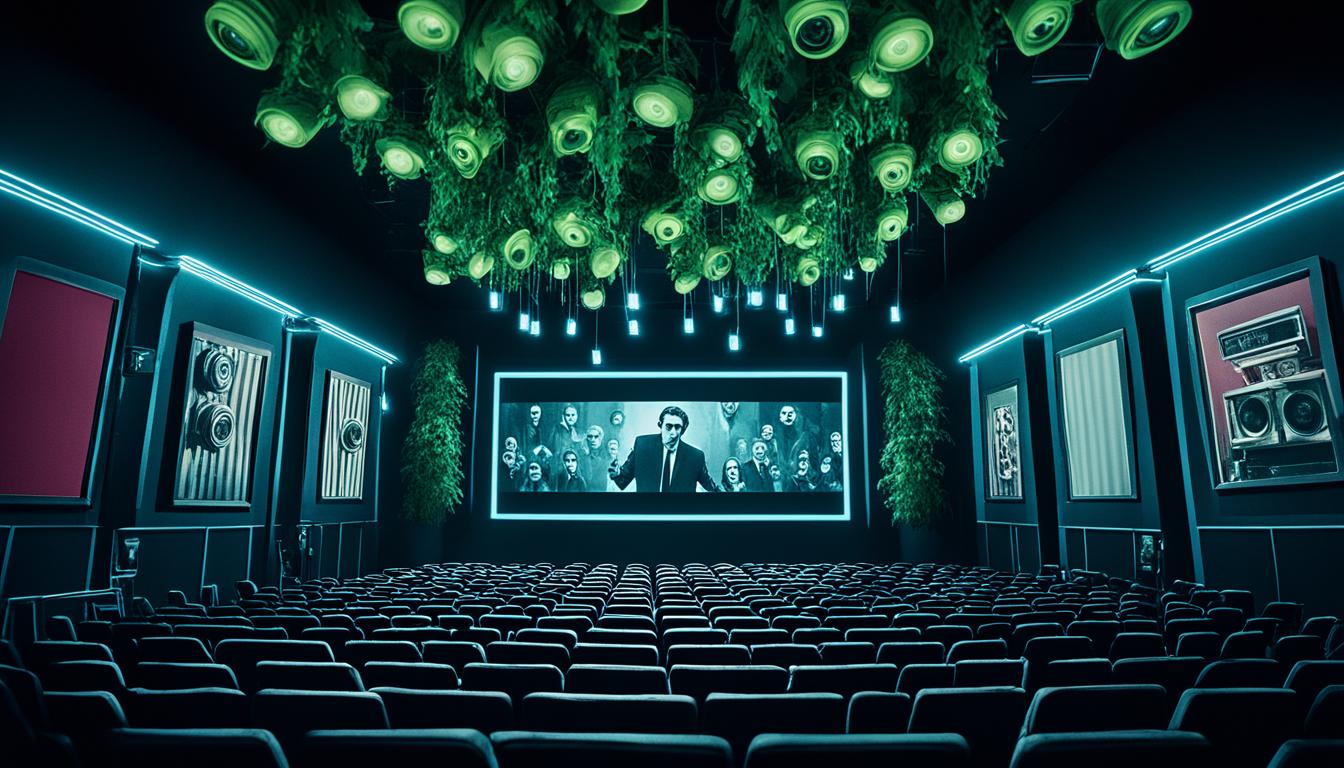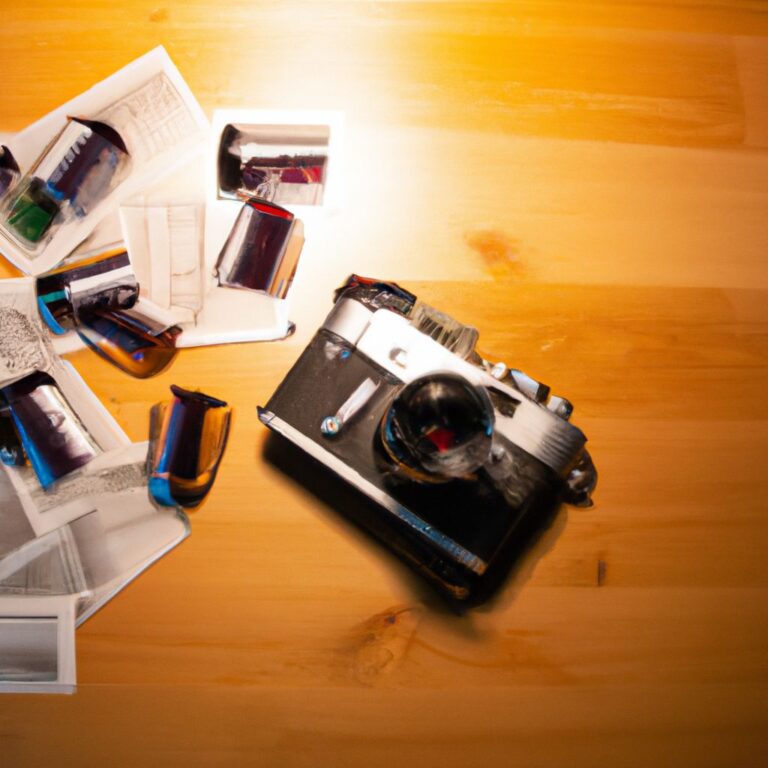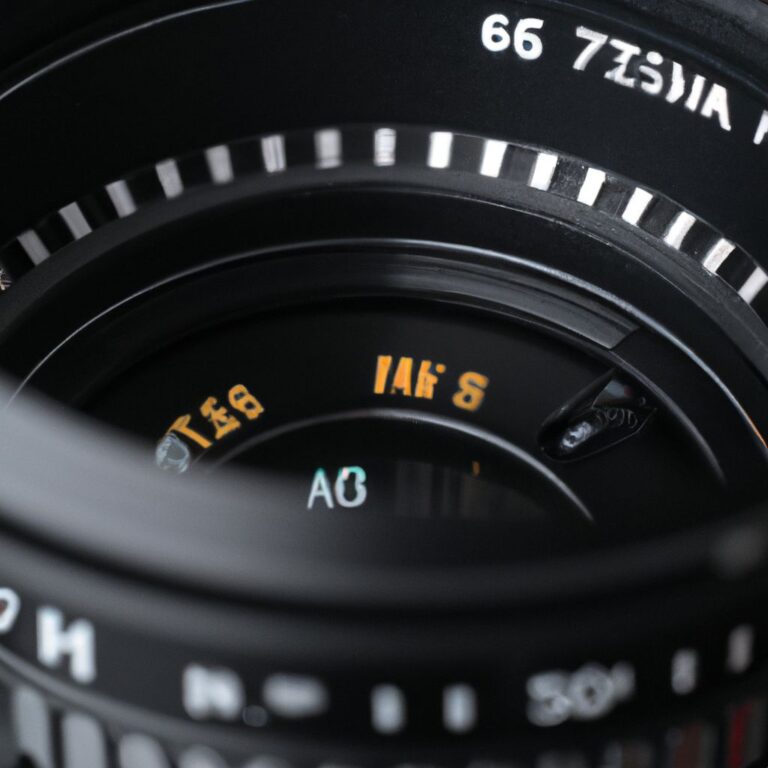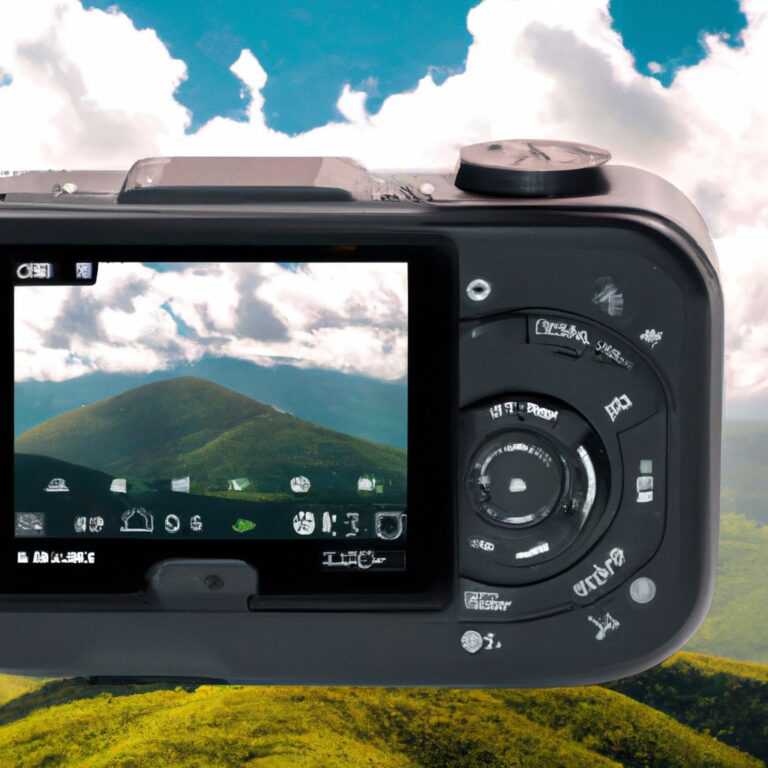are cameras in movie theaters
When we stroll into a movie theater, we may not be aware of the watchful eyes that follow our every move. Cameras silently survey the theater, capturing every intimate moment and keeping a meticulous record of the audience’s behavior. But why exactly are cameras in movie theaters so prevalent? Do they truly contribute to our safety, or is it just a facade? Let’s uncover the truth and explore the reasons behind the ubiquitous presence of surveillance cameras in our beloved theaters.
Key Takeaways:
- Movie theaters install cameras for security and safety reasons, including deterring crime, preventing piracy, and documenting emergencies.
- Common types of cameras used in theaters are dome cameras, bullet cameras, and PTZ cameras.
- The legality of movie theater cameras varies by region, with cameras generally allowed in public areas but with restrictions in screening rooms.
- Major movie theater chains like AMC Theaters and Cinemark utilize security cameras.
- Cameras contribute to creating a secure and enjoyable movie-going experience.
Reasons for Cameras in Movie Theaters
Movie theaters utilize security cameras for a variety of important reasons. These cameras play a crucial role in ensuring the safety and security of patrons and staff, as well as protecting the interests of the theater itself.
Deterrence of Piracy: One of the primary reasons for installing cameras in movie theaters is to deter piracy. These cameras are strategically positioned to monitor for any illegal recording of movies taking place within the theater premises. By having surveillance in place, theaters can actively discourage individuals from engaging in unauthorized recording activities, ultimately safeguarding the integrity of the film industry.
Maintaining Audience Orderliness: Security cameras help theaters maintain orderliness within their auditoriums. These cameras can monitor the behavior and activities of moviegoers, deterring any disruptive or violent behavior. By keeping a watchful eye on the audience, theaters can ensure that everyone has an enjoyable and safe movie experience.
Theft Prevention: Cameras in movie theaters also serve as a deterrent to theft. They not only monitor the public areas of the theater, but also extend their surveillance to parking lots and other vulnerable areas. This helps prevent theft of personal belongings, as well as potential break-ins or vandalism.
Enhanced Parking Lot Safety: Movie theaters often have large parking lots, and cameras play a vital role in ensuring the safety of patrons in these areas. By monitoring parking lots, cameras can help identify any suspicious activity, prevent car thefts or break-ins, and provide a sense of security to those visiting the theater.
Ensuring Employee Integrity: Surveillance cameras aid in maintaining the integrity of theater employees. By keeping a watchful eye on employee activities, these cameras discourage any misconduct or theft on the part of staff members. This helps create a more trustworthy and reliable workforce.
Monitoring Crowd Flow and Lost and Found: Cameras in movie theaters assist in monitoring crowd flow, helping theater personnel manage crowds during peak hours and ensuring efficiency in ticketing processes. Additionally, they can assist in locating lost items and reuniting them with their rightful owners, providing valuable customer service.
Documenting Emergencies and Accidents: In the unfortunate event of emergencies or accidents, security cameras act as critical documentation tools. They capture valuable footage that can be used for investigation purposes, improving response times, customer service, and ensuring the well-being of all individuals involved.
Discouraging Inappropriate Behavior: The presence of cameras in movie theaters encourages patrons to behave appropriately. Knowing that they are being monitored can discourage individuals from engaging in disruptive or inappropriate behavior. This contributes to a more pleasant and respectful environment for all moviegoers.
Overall, the use of cameras in movie theaters brings numerous benefits, ranging from deterring piracy and preventing theft to maintaining audience orderliness and ensuring the safety of patrons and staff.
Next Section: Legal Considerations of Movie Theater Cameras
Legal Considerations of Movie Theater Cameras
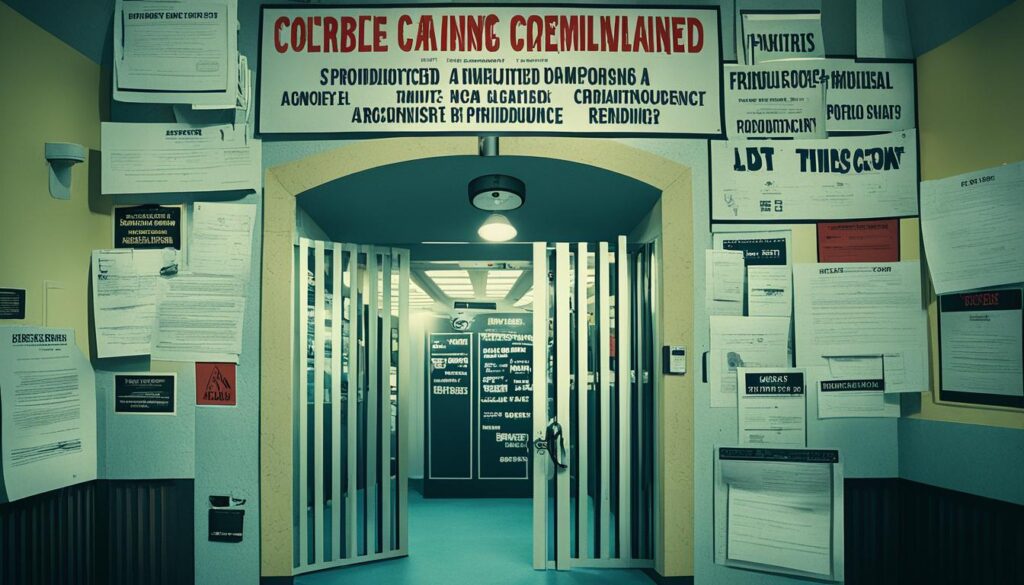
When it comes to the legality of cameras in movie theaters, there are certain considerations to keep in mind. The permissibility of these cameras depends on the specific location and region where the theater is situated.
Generally, movie theater cameras are allowed in public areas such as lobbies and corridors. These cameras serve as a precautionary measure to deter potential criminal activity and ensure the safety of patrons.
In screening rooms, cameras are typically permitted, especially when they are aimed at the audience. This serves as a deterrent to piracy and unauthorized recording of movies.
However, it is important to note that privacy laws prohibit the surveillance of bathrooms in movie theaters. This is to safeguard the privacy and personal space of moviegoers.
Employee-only areas, on the other hand, can be monitored through cameras, but it is crucial for theater owners to notify their employees about the presence of these cameras.
Parking lots and ticketing areas are common places where cameras are allowed. This not only ensures the safety of vehicles but also serves as a deterrent against theft and other criminal activities.
It is essential for visitors to familiarize themselves with the specific laws and regulations in their respective regions to understand the permissible use of cameras in movie theaters.
Ensuring Legal Compliance
To ensure legal compliance with regards to the use of cameras in movie theaters, theater owners and operators must stay updated on privacy laws and regulations. It is advisable to consult legal professionals who specialize in this area to ensure that the use of cameras aligns with the applicable laws.
Furthermore, theater owners can display clear signage in public areas to inform patrons about the presence of surveillance cameras. This fosters transparency and helps maintain a comfortable environment for moviegoers.
In summary, the legality of movie theater cameras varies by location and region. While cameras are generally allowed in public areas and screening rooms, privacy laws prohibit surveillance in bathrooms. By adhering to relevant privacy laws and regulations, movie theaters can strike a balance between ensuring security and respecting the privacy of their patrons.
How to Detect Cameras in Movie Theaters
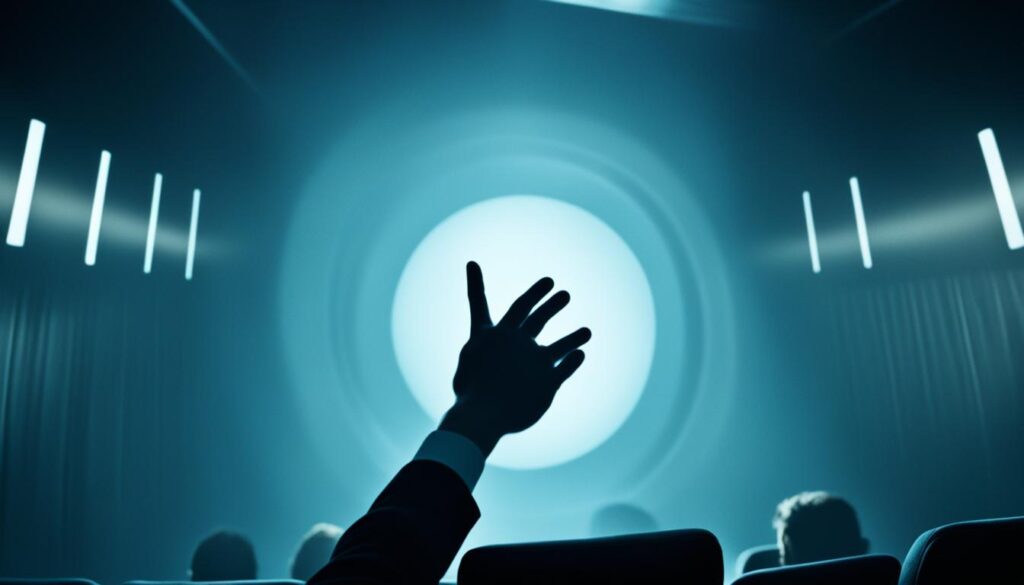
Spotting surveillance cameras in movie theaters can be challenging, but there are some signs to look for. Dome or bullet-shaped devices are common camera types and are often located in high corners or areas with a wide view. These cameras are strategically placed to capture a comprehensive view of the theater. Additionally, cameras can be found in prominent locations such as lobbies, entrances, and ceilings to monitor the entire audience. Signs indicating surveillance may also be posted for transparency and deterrence.
When entering a movie theater, it’s essential to be observant and aware of camera types and placements. By observing visible devices and checking for signage, you can determine if a theater has cameras. Paying attention to areas with a wide field of view and common camera types, such as domes and bullets, can help you identify potential surveillance equipment. Remember to respect the theater’s policies and regulations regarding cameras, as their usage may vary depending on the region and local laws.
By following these tips and being observant, you can have a better understanding of whether or not a movie theater has cameras. This knowledge can help you make informed choices and decisions during your movie-going experience.
Cameras in Big Chain Movie Theaters
When it comes to ensuring safety and security in movie theaters, major chains like AMC Theaters, Regal Cinemas, and Cinemark take surveillance seriously. These renowned cinema brands understand the importance of monitoring public areas and deterring crime through the use of security cameras.
In addition to these well-known chains, other popular cinema franchises such as Cineplex Entertainment, Landmark Theatres, Alamo Drafthouse Cinema, Edwards Cinemas, Bow Tie Cinemas, Galaxy Theatres, and United Artists Theatres also make use of security cameras. The presence of these cameras creates a safe environment for moviegoers and helps maintain order and peace in the theaters.
By strategically installing cameras throughout their venues, these movie theater chains can effectively monitor public areas, discourage illicit activities, and promptly respond to any incidents or emergencies. The surveillance cameras contribute to providing a secure and enjoyable movie experience for all patrons.
Pros and Cons of Cameras in Movie Theaters
Cameras in movie theaters have both advantages and disadvantages. It is important to weigh the pros and cons when considering the use of surveillance cameras in theaters.
Advantages of Movie Theater Cameras
There are several advantages to having cameras in movie theaters:
- Deter crime: Surveillance cameras act as a visible deterrent, discouraging potential criminals from engaging in illegal activities.
- Identify criminals: Cameras can capture footage that can help identify individuals involved in criminal acts, aiding law enforcement in their investigations.
- Monitor customer behavior: Cameras allow theater staff to observe audience behavior and intervene if necessary, ensuring a safe and enjoyable movie-watching experience for all patrons.
- Ensure safety: By monitoring public areas and screening rooms, cameras can help prevent incidents, respond quickly to emergencies, and ensure the safety of both customers and employees.
- Aid in lost and found situations: Surveillance footage can be used to track lost items or assist in locating misplaced belongings, improving customer service.
Disadvantages of Surveillance in Theaters
While there are benefits, there are also potential drawbacks to consider:
- Privacy invasion: Some individuals may feel that the presence of cameras in movie theaters compromises their privacy and can be intrusive.
- Recording copyrighted material: Filming copyrighted movies or leaking unreleased content is illegal, and there is a risk that surveillance cameras can be misused for such purposes.
- Costs and maintenance challenges: Installing and maintaining a comprehensive surveillance system can be expensive and may require regular upkeep and technological upgrades.
Despite these disadvantages, the advantages generally outweigh the cons when it comes to cameras in movie theaters. The benefits of deterring crime, ensuring safety, and improving customer service make them a valuable tool for maintaining a secure and enjoyable movie-going experience.
Continue reading to learn about the different types of cameras used in movie theaters.
Types of Cameras Used in Movie Theaters
Movie theaters employ various types of surveillance cameras to monitor different areas and ensure the safety and security of patrons. Here are some common types of cameras used in movie theaters:
Dome Cameras
Dome cameras are widely utilized in movie theaters due to their ability to provide 360-degree coverage. These cameras are typically installed in hallways and theater rooms, offering comprehensive monitoring of the premises.
Bullet Cameras
Bullet cameras are another popular choice in movie theaters. These cameras have a wide field of view and are weatherproof, making them suitable for outdoor use. They can capture high-quality footage and are often strategically positioned to cover parking lots and ticketing areas.
PTZ Cameras
PTZ (Pan-Tilt-Zoom) cameras are advanced surveillance devices commonly found in movie theaters. These high-end cameras offer remote control functionality, allowing operators to pan, tilt, and zoom to track suspicious activity. PTZ cameras are particularly effective in swiftly responding to incidents and capturing detailed footage.
In addition to these common camera types, there are specific camera models designed for movie theaters. For example, the Reolink Duo 3 PoE and Reolink RLK12-800WB4 are popular camera models known for their reliability and performance in cinema environments.
Conclusion
In summary, movie theater cameras play a crucial role in enhancing security and safety in cinemas. By deterring crime, preventing piracy, and ensuring customer safety, these surveillance systems contribute to creating a secure and enjoyable movie-going experience.
Surveillance cameras are legal in public areas of theaters, although regulations may vary for screening rooms. Visitors can identify cameras by observing visible devices, checking for signage, and being aware of common camera types like dome cameras, bullet cameras, and PTZ cameras.
Major movie theater chains like AMC Theaters and Cinemark recognize the importance of security and utilize these cameras to monitor public areas, deter crime, and maintain a safe environment for moviegoers.
While there are pros and cons to camera usage, the benefits generally outweigh the drawbacks. Cameras not only aid in managing employees but also document emergencies and accidents, improving customer service and discouraging inappropriate behavior. Ultimately, the presence of surveillance cameras contributes to the overall safety and security of movie theaters.
